The Moza R21 in a nutshell
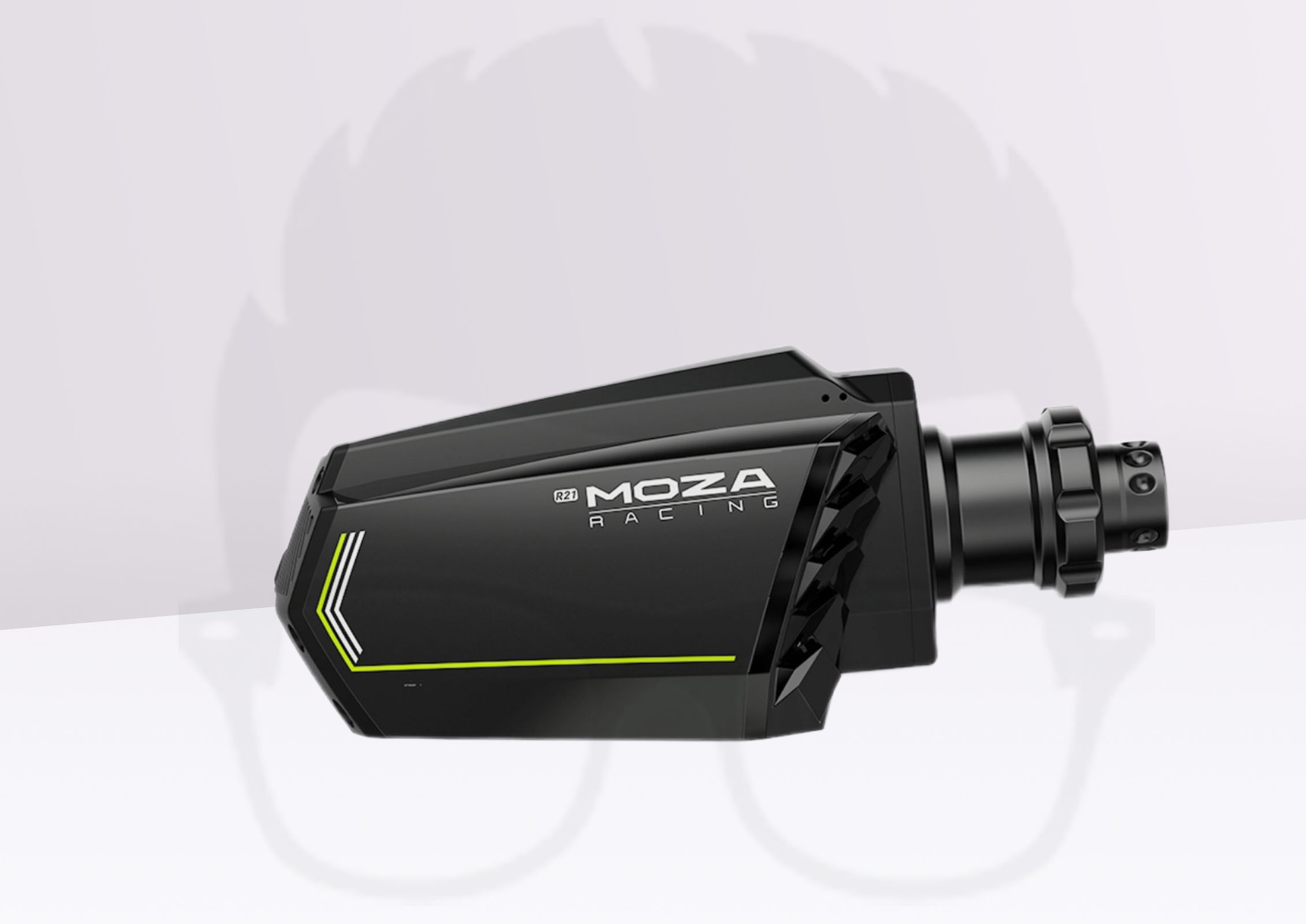
Advantages & Disadvantages
✅ Excellent force feedback
✅ 21 nm max. torque
✅ Extensive parameterization via Pit House
❌ PC compatible only
❌ Not very accurate in factory configuration
ㅤ
Back in time to 2021, Moza Racing was an almost unknown brand in sim-racing for the simple reason that it came from nowhere. Nobody knew about this manufacturer of racing peripherals, yet there was something extra about this brand. Fans of virtual car racing are well aware that Moza had hit the big time in 2021 with the launch of its top-of-the-range R21 Direct Drive base.
Admittedly, it was a risky move, but if it worked for a brand like Tesla, then why not Moza? The Chinese manufacturer started out with top-of-the-range peripherals, and over time began to sell less high-performance, and also less expensive, products. In what follows, we’ll take a look at the very first model marketed by Moza Racing: the R21 base. I’ll outline its strengths and weaknesses, and give you my opinion at the end.
Main and technical characteristics of the base
- Direct Drive base develops 21 nm of peak torque
- All-aluminum alloy housing
- Compatible with PC and Pit House software
- Dimensions: 33 x 17 x 13 cm
- Base mounting from the bottom and front (using a bracket sold separately)
- Hands-Off protection to deactivate feedback when the steering wheel does not detect your hands on it
- USB refresh rate of 1000 Hz
- 9 kg weight
Moza R21 design
For its bases, Moza more or less follows a very precise stylistic code: products ranging from 4 to 12 nm of torque all have a very characteristic X-shaped design, which is also recognizable at the same time. But for its more powerful bases (16 and 21 nm of torque), the Chinese brand has taken the differentiation route, with a design largely inspired, I find, by Italian Super Cars.
The features are edgy, the lines are racy and frankly, it’s beautiful, even if it certainly won’t appeal to everyone. Honestly, it’s a welcome change from the R21’s competing bases, which are often very square and unobtrusive. Maybe brands like Fanatec or Simagic are afraid to be daring in their design.
On the R21 Gen 1, the side plates were orange, but customizable. On the Gen 2, it’s more subtle, with an all-black body, white logo and a few white and green lines.
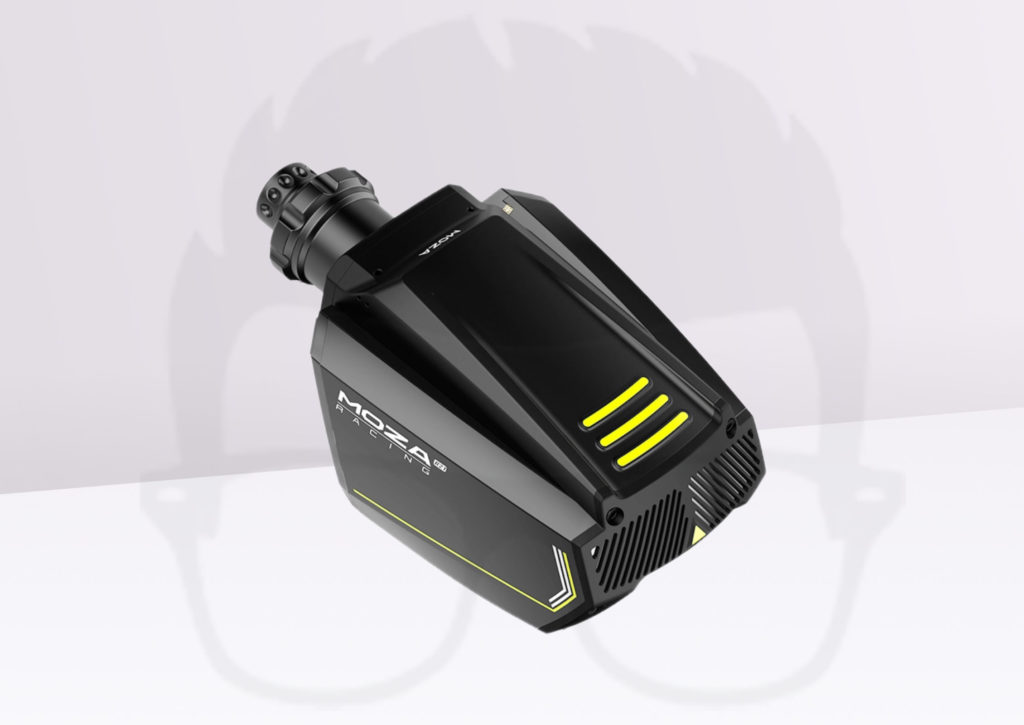
Customized assembly
By default, you have two mounting options: bottom and front. For the bottom, you have 4 mounting points that allow mounting on virtually any modern, quality chassis. Avoid cheap stands and other cockpits, as the R21 swings big, which may exceed the structural capacity of the product (excessive pitching).
For front mounting, Moza sells a kind of bracket that allows the R21 to be attached to chassis, which basically offers greater versatility in this respect, especially for racers with specific cockpits.
Manufacturing and finishing
For the R21’s casing, Moza used an aluminum alloy derived from the aviation industry, which keeps the weight of the device down, I must admit (around 9 kg on the scale). Aluminum also cools the whole unit (motor + electronics), guaranteeing low temperatures for long sim-racing sessions.
As for the finish, it’s top-notch in every respect. Having thoroughly inspected this base, I didn’t notice a single manufacturing flaw, burr, misinstalled or misaligned element, or anything else really. The R21 is a premium base, superbly well made, with an exemplary finish in every respect. It has to be said that Moza has really moved upmarket since the release of its first products, and we’re currently treated to some excellent-quality peripherals, especially the top-of-the-range ones.
Getting to know the base
As I’ve just said, the R21 weighs only around 9 kg, which is quite light when compared to Simagic’s Alpha with its 12 kg, bearing in mind that this base only develops 15 nm of torque. Installing the base on a chassis is a relatively easy operation, thanks to 4 visible fixing points that will align with virtually any chassis available on the market.
Swapping a steering wheel is child’s play thanks to Moza’s QR, which is based on the D1-Spec. What’s more, this base is compatible with all the brand’s steering wheels, except the low-end ones (ES, CS V1 and GS V1) due to a Bluetooth-only communication mode.
Sensations during play
First of all, to get the best possible driving experience, you need to go through the Pit House (Moza’s software) to set up the R21. Also, I suggest you don’t exceed 60% of total base power if you’re a beginner, at the risk of playing catch with the steering wheel.
This base model puts out 21nm of peak torque, which means it’s got plenty under the hood, and this is most obvious when you put it up to over 90% of its power. To give you an idea of the force required to turn the wheel: at over 90% and on a fairly long racing session, you’ll not only be exhausted by the end, but you’ll have to fight the wheel and dive with the steering wheel to turn the car around corners. And it’ll be the same story for every corner, one after the other.
In terms of detail, the 21 nm of torque allow a lot of information to be relayed to the driver, both light and heavy details, and I loved this. You’ll feel in your hands the differences between asphalt surfaces, different road imperfections, grass, gravel, bumps with other cars, etc., to varying degrees.
For example, you’ll be able to feel when the car loses grip in a bend, or when the rear axle stalls, resulting in oversteer. It’s amazing how communicative this base is, even if on rare occasions it does provide a little fuzzy detail. No, it’s more that the details are a little too artificial, especially when the road you’re on is really bad. It’s not that the engine is saturated or that the hardware is reaching its limits, I think it’s the software that’s doing a bit of a mess. But hey, it happens from time to time.
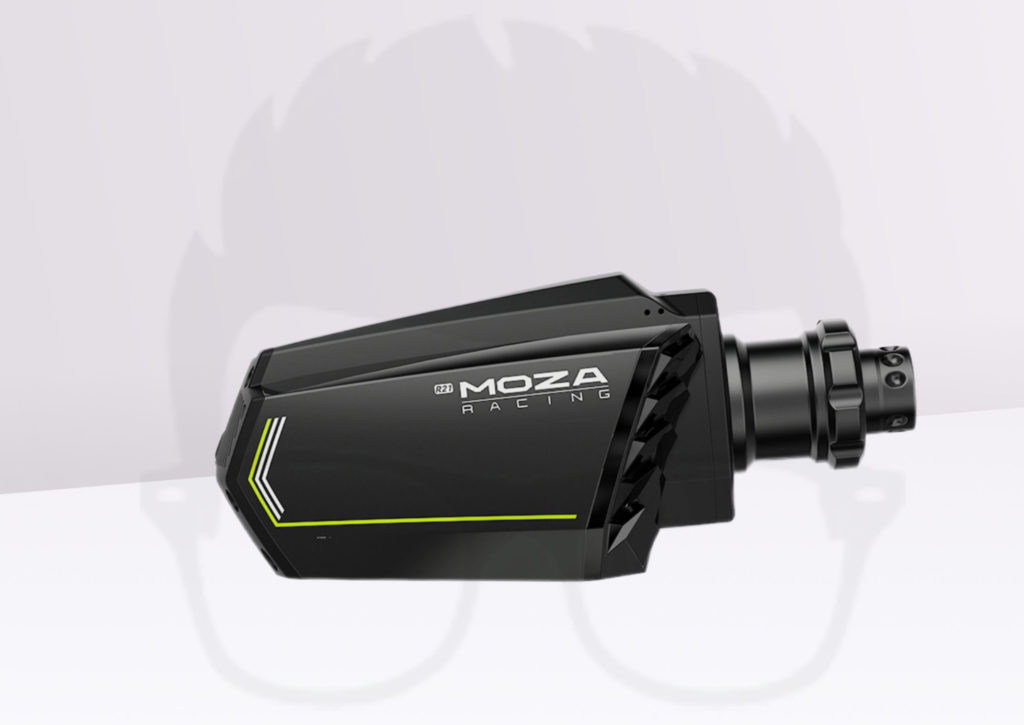
Moza R21 base compatibility
As usual with Moza Racing products, the R21 is PC-compatible only, but will work with virtually all the brand’s steering wheels, except the ES, CS V1 and GS V1. As for the Chinese manufacturer’s other products(pedalboards, dashboards, etc.), the entire catalog is more or less compatible, except for entry-level products.
Value for money
This base is rather inexpensive, especially when compared to what the competition is offering at the same price. Priced at €1,100, its price-performance ratio is simply excellent, which should delight most runners looking for a powerful base for their sim-racing sessions.
My verdict on the Direct Drive R21 base from Moza Racing
Is this base for you? Well, the answer’s simple: if you’re looking for a high-performance sim-racing peripheral with over 20 nm of torque, and you’re ready to dive into the world of Moza Racing, then yes, I can recommend the R21 without the slightest hesitation. Between build quality, feedback and feel, this base has everything to please demanding racers. What’s more, the 21nm of torque will allow you to turn down the power, and have a much more versatile base than the others.
But if you’re new to sim-racing, the R21 may not be for you, due to its rather high power output. In that case, I’d suggest an R12 or even an R16.

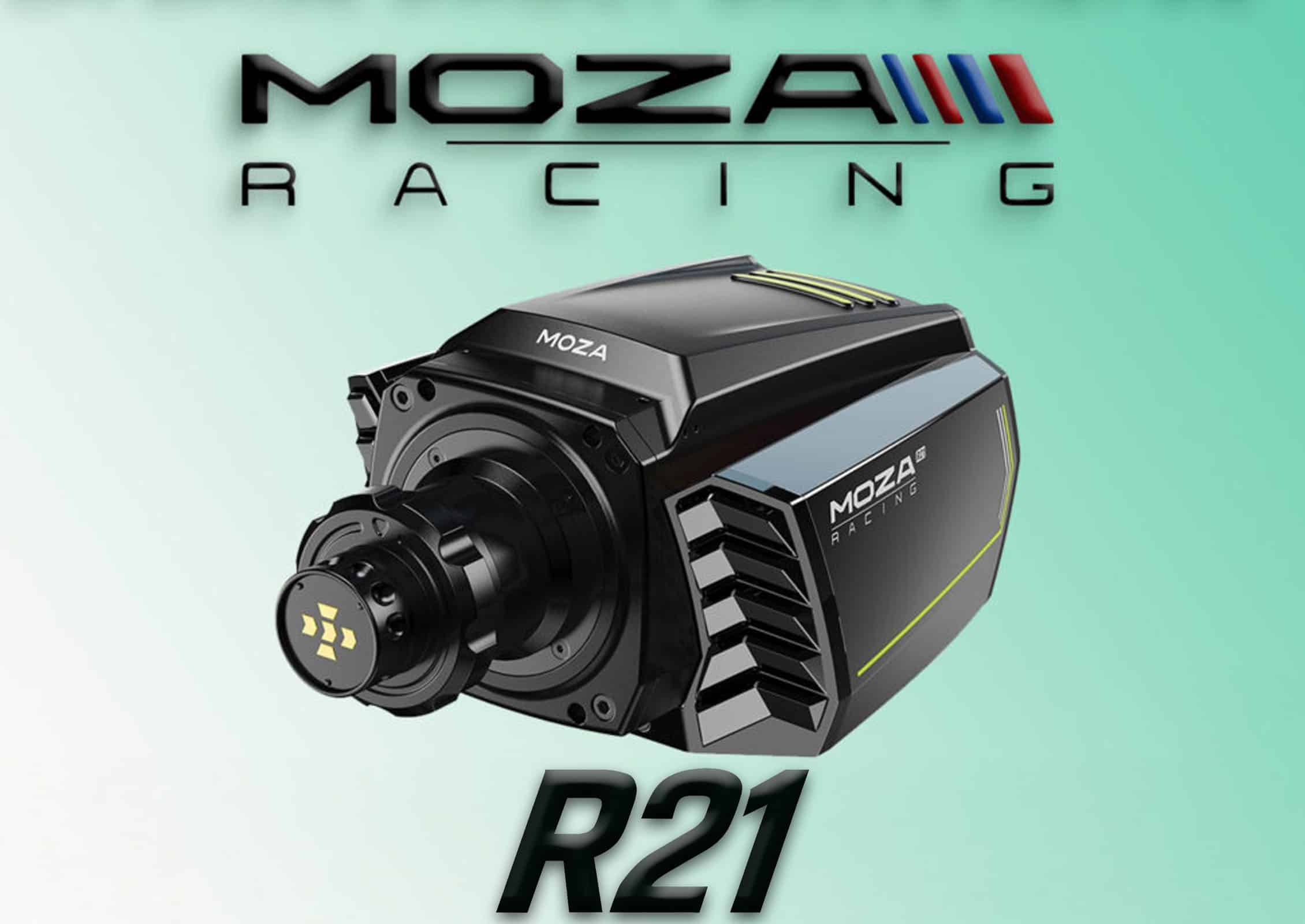
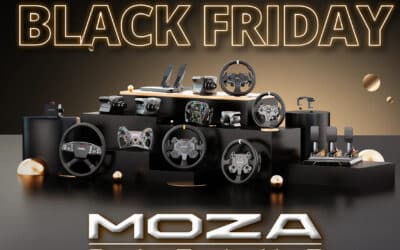
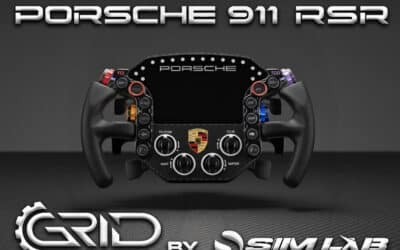

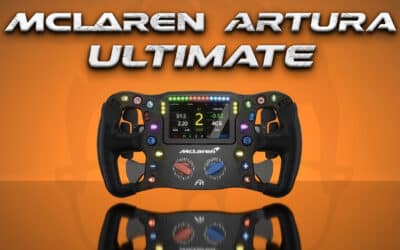
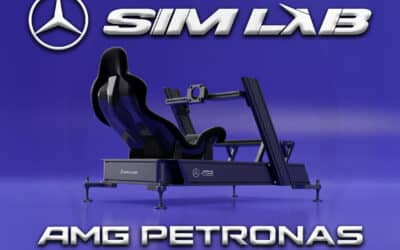
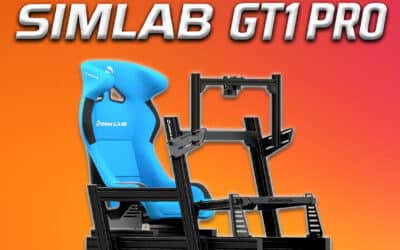
0 Comments